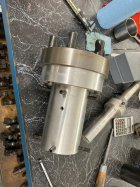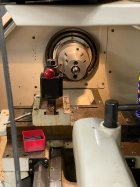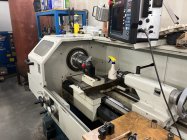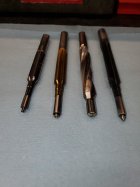How are you managing that? I've got an air nozzle tip inside a screw clamp on coupler. Looks just like the gretan version but I made it out of aluminum
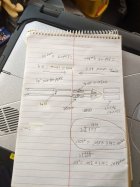
My rubber nozzle is on the end of a spring loaded plunger that is sealed to the inside of a piece of pipe with a 3/8 od O-ring.
A .375" OD plunger has .110 sq" of surface area and exerts 6.6 pounds of force when 60psi is applied to it.
On the other end, the nozzle is sealed into the bore at a diameter of .224", for .038 sq" of surface area and exerts an opposing force of 2.28 pounds.
The result is 4.32 pounds of force
(6.6-2.28=4.32) added to the initial spring pressure once oil pressure builds.
I didn't do the math, but you can see that a larger bore size will cancel more of the plungers force and reduce the force developed to make the seal.
You could easily incorporate the design into a clamp on system, just remember that whatever size you make your plunger will determine the force trying to push the whole thing off the end.










